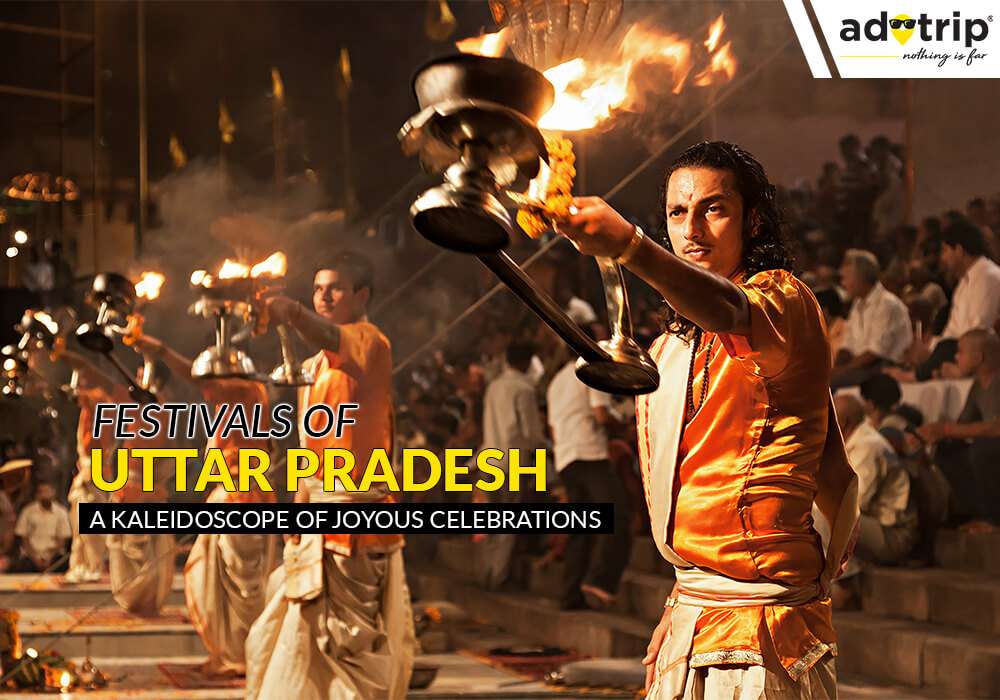
Last Updated At: 20-Jan-2025
21 Famous Festivals Of Uttar Pradesh You Must Experience In 2025
Uttar Pradesh, a state brimming with cultural, traditional, and mythological significance, stands as one of India's most popular regions, adorned with numerous festivals and rich traditions. Its dynamic celebrations have a magnetic pull, attracting tourists from all corners of India and the world. The state's culture mirrors the ancient beliefs of Northern India, where the best cultural festivals of Uttar Pradesh hold paramount importance.
In this article, we delve into the festivals of Uttar Pradesh, deeply entrenched in the region's rich heritage. As a melting pot of diverse religions, Uttar Pradesh boasts a plethora of celebrations, each closely tied to specific communities residing within its borders.
List Of Festivals Of Uttar Pradesh
Uttar Pradesh, often hailed as a land of legends, welcomes visitors with open arms, offering a glimpse of India's grand history and socio-religious traditions. The state showcases a tapestry of festivals and fairs, each an exceptional and extraordinary spectacle, painting a marvellous picture for anyone who visits. Exploring these festivities promises unforgettable memories.
Beyond its festivals, Uttar Pradesh is renowned for its culturally significant monuments, forts, and palaces, epitomising the grandeur of the past. Temples and shrines add to the state's allure, impacting its tourism indelibly. The culinary delights of Uttar Pradesh have earned global fame, while its handicrafts and artistry proudly represent the state's artistic heritage.
With such an enticing array of experiences, Uttar Pradesh beckons travellers to immerse themselves in its cultural riches. Whether it's to witness the myriad festivals, explore historical marvels, savour delectable cuisine, or appreciate craftsmanship, visiting this vibrant state promises a journey that transcends time and leaves an everlasting impression. Here is an Uttar Pradesh festival travel guide for discerning travellers!
- Makar Sankranti | Harvest Joy Soars
- Basant Panchami | Veneration of Saraswati
- Taj Mahotsav | Cultural Extravaganza
- Maha Shivaratri| Night of Devotion
- Holi (Lathmar Holi) | Playful Colorful Frenzy
- Lolark Sasthi Festival | Sun Worship Tradition
- Hanuman Jayanti | Lord's Strength Celebrated
- Buddha Purnima | Enlightenment Revered Peace
- Navratri | Nine Nights Devotion
- Janmashtami | Krishna's Birth Revelry
- Ganesh Chaturthi | Ganesha's Grand Arrival
- Teej | Women's Bonding Festival
- Raksha Bandhan | Sibling Love Ties
- Ganga Dussehra | Ganges' Cleansing Blessings
- Ramlila | Epic Ramayana Drama
- Durga Puja (Durgotsav) | Goddess' Triumph Celebrated
- Diwali | Festival of Lights
- Kartik Purnima | Holy Bath Festivities
- Ayodhya Puja | Ayodhya's Sacred Celebration
- Lucknow Festival | Nawabi Heritage Showcase
- Ganga Festival | River's Sacred Fête
1. Makar Sankranti - Harvest Joy Soars
Makar Sankranti marks the sun's transition into the zodiac sign of Capricorn, signalling the onset of longer days. Celebrated across India with flying kites, bonfires, and delicious sweets made from freshly harvested crops, it rejoices in the abundance of nature. Families come together to share traditional dishes like til ladoos and visit holy rivers to cleanse their sins. The festival symbolises renewal, unity, and the triumph of light over darkness.
- Celebrated in. January
Read More : Food Of Uttar Pradesh
2. Basant Panchami - Veneration of Saraswati
Basant Panchami, also known as Vasant Panchami, honours the arrival of spring and pays tribute to Goddess Saraswati, the embodiment of knowledge, art, and music. Dressed in vibrant yellow attire, devotees offer prayers, seek blessings, and immerse themselves in cultural programs and musical performances. Schools and educational institutions hold special ceremonies to initiate young learners into the world of knowledge. It signifies the blossoming of wisdom and creativity.
- Celebrated in. January/February
3. Taj Mahotsav - Cultural Extravaganza
Taj Mahotsav is a vibrant cultural extravaganza near the iconic Taj Mahal in Agra. This ten-day event showcases India's rich heritage, arts, crafts, and cuisines. Traditional dance performances, folk music, and art exhibitions attract domestic and international visitors. Local artisans display their intricate craftsmanship, making it a paradise for souvenir hunters. The festival fosters a sense of unity and pride in India's diverse cultural tapestry.
- Celebrated in. February
Read More : Culture Of Uttar Pradesh
4. Maha Shivaratri - Night of Devotion
Maha Shivaratri, the Great Night of Shiva, is dedicated to Lord Shiva, the destroyer and transformer in the Hindu trinity. Devotees fast, meditate, and offer prayers at temples throughout the night. The festival holds immense significance for spiritual seekers, symbolising overcoming darkness and ignorance. Rituals like pouring milk on Shiva Linga and chanting sacred hymns create an atmosphere of deep devotion and self-realisation.
- Celebrated in. February/March
5. Holi (Lathmar Holi) - Playful Colorful Frenzy
Holi, the Festival of Colors, is a jubilant celebration of love, unity, and the victory of good over evil. People smear each other with coloured powders and water, creating a kaleidoscope of joy and camaraderie. Lathmar Holi, a unique variant, is observed in Mathura and Vrindavan, where women playfully beat men with sticks. The vibrant revelry brings together people from all walks of life, breaking barriers and fostering harmony.
- Celebrated in. March
6. Lolark Sasthi Festival - Sun Worship Tradition
Lolark Sasthi Festival, observed in some regions of India, venerates the sun god and celebrates the bond between mothers and children. Devotees take a holy dip in rivers and offer prayers to the rising sun. Pregnant women participate to seek the well-being of their unborn children. The festival's spiritual significance lies in its association with fertility, protection, and the power of the sun's life-giving energy.
- Celebrated in. March/April
7. Hanuman Jayanti - Lord's Strength Celebrated
Hanuman Jayanti commemorates the birth of Lord Hanuman, an embodiment of strength, devotion, and loyalty. Devotees visit temples, sing hymns, and read scriptures narrating Hanuman's exploits. The festival's main focus lies in inspiring courage and faith among the worshippers. It symbolises the triumph of good over evil and serves as a reminder of the significance of selfless service and unwavering devotion.
- Celebrated in. March/April
8. Buddha Purnima - Enlightenment Revered Peace
Buddha Purnima, also known as Vesak or Buddha Jayanti, marks the birth, enlightenment, and nirvana (passing) of Gautama Buddha. Buddhists pray, meditate, and discuss Buddha's teachings of compassion and non-violence. Temples and monasteries are adorned with colourful decorations and lit with lamps, creating a serene ambience of spirituality and peace. The festival emphasises the pursuit of inner wisdom and the path to liberation.
- Celebrated in. April/May
Read More : Water Parks In Uttar Pradesh
9. Navratri - Nine Nights Devotion
Navratri is a nine-night festival celebrated with great zeal across India, dedicated to Goddess Durga and her various forms. Devotees observe fasting, engage in prayer, and perform energetic Garba and Dandiya Raas dances. The festival represents the triumph of good over evil as Durga battles the demon Mahishasura. Each night, a different form of the goddess is worshipped, fostering a sense of devotion and spiritual cleansing.
- Celebrated in. April
10. Ganga Dussehra - Ganges' Cleansing Blessings
Ganga Dussehra celebrates the descent of the sacred Ganges River to Earth. Devotees flock to the riverbanks to take holy dips, seeking cleansing and liberation from sins. Rituals and prayers are performed to honour the Ganges as a divine goddess and a source of life-giving purity. The festival's spiritual significance lies in its association with faith, healing, and the sanctity of the revered river.
- Celebrated In. June
11. Janmashtami - Krishna's Birth Revelry
Janmashtami celebrates the birth of Lord Krishna, one of the most beloved deities in Hindu mythology. Temples are adorned with flowers and decorations, and devotional songs and dance dramas narrating Krishna's life are performed. The festival's highlight is the midnight celebration, marking the precise moment of Krishna's birth. Devotees fast, sing bhajans and participate in various rituals, expressing their devotion to the divine incarnation of love and joy.
- Celebrated in. August/September
12. Ganesh Chaturthi - Ganesha's Grand Arrival
Ganesh Chaturthi commemorates the birth of Lord Ganesha, the elephant-headed deity of wisdom and prosperity. Elaborate clay idols of Ganesha are installed in homes and public pandals. Colourful processions and cultural events accompany the immersion of idols in rivers or seas. The festival fosters unity and devotion, seeking Ganesha's blessings to overcome obstacles and bring success and prosperity to life's endeavours.
- Celebrated in. August/September
13. Teej - Women's Bonding Festival
Teej, primarily celebrated by women, signifies marital bliss, fertility, and the well-being of husbands. Dressed in vibrant traditional attire, women participate in processions, dances, and singing, forming strong bonds with other females. The festival also involves fasting, seeking blessings for a prosperous married life, and offering prayers to Goddess Parvati. It symbolises the strength and love shared between women in their life journey.
- Celebrated in. August/September
14. Raksha Bandhan - Sibling Love Ties
Raksha Bandhan is a heartfelt celebration of the bond between brothers and sisters. Sisters tie sacred threads (rakhi) around their brothers' wrists, symbolising love and protection. Brothers, in return, pledge to safeguard their sisters. The festival strengthens family ties and fosters a sense of care and affection. It transcends religious boundaries, spreading the message of love, unity, and the importance of sibling relationships.
- Celebrated in. August/September
Read More : Food Of Uttar Pradesh
15. Ramlila - Epic Ramayana Drama
Ramlila is a cultural extravaganza that reenacts episodes from the epic Ramayana, showcasing Lord Rama's life and victory over the demon king Ravana. Elaborate stage performances, dance, and music narrate the epic's moral values and ideals. The festival holds immense religious and cultural importance, uniting communities and instilling the message of righteousness and the triumph of good over evil.
- Celebrated In. October
16. Durga Puja (Durgotsav) - Goddess' Triumph Celebrated
Durga Puja is a grand celebration of the goddess Durga's victory over the buffalo demon Mahishasura. Elaborate pandals house artistic idols of Durga, worshipped with great enthusiasm and devotion. The festival spans ten days of vibrant festivities, including music, dance, and feasting. The exuberant event signifies the triumph of good over evil, fostering unity and invoking the divine mother's blessings for strength and protection.
- Celebrated In. October
17. Diwali - Festival of Lights
Diwali, the Festival of Lights, illuminates the night skies with lamps, candles, and fireworks. Families decorate their homes, exchange sweets, and offer prayers to deities. The festival marks the return of Lord Rama from exile and the victory of light over darkness. It symbolises the triumph of righteousness and the joy of new beginnings, promoting harmony and goodwill among people of various cultural backgrounds.
- Celebrated In. November
18. Kartik Purnima - Holy Bath Festivities
Kartik Purnima is an auspicious day for Hindus, especially those along the riverbanks. Devotees take holy baths in sacred rivers and perform rituals to seek blessings and absolution. The festival holds spiritual significance as it is believed to cleanse sins and bestow divine grace. Additionally, Kartik Purnima is associated with various regional customs, highlighting the diverse cultural expressions of devotion and thanksgiving.
- Celebrated In. November
19. Ayodhya Puja - Ayodhya's Sacred Celebration
Ayodhya Puja reveres the ancient city of Ayodhya, believed to be the birthplace of Lord Rama. Devotees perform prayers, visit temples, and cultural programs, commemorating Rama's divine existence and righteous rule. The festival embraces the city's rich heritage and history, igniting a sense of devotion and unity among pilgrims while highlighting the significance of Ayodhya in Hindu mythology.
- Celebrated In. October/November
20. Lucknow Festival - Nawabi Heritage Showcase
Lucknow Festival showcases the cultural splendour of the city known for its refined art, music, and culinary traditions. The event features classical dance performances, musical concerts, and heritage walks, offering glimpses into the city's Nawabi heritage. The festival fosters a sense of pride and nostalgia for Lucknow's grand history and traditions, attracting enthusiasts from India and abroad to immerse themselves in its cultural richness.
- Celebrated In. November/December
21. Ganga Festival - River's Sacred Fête
The Ganga Festival honours the holy river Ganges, revered as the mother goddess Ganga. The event includes rituals, cultural activities, and environmental awareness programs to highlight the importance of conserving the river's purity. Pilgrims participate in religious ceremonies, bathed in devotion and seek spiritual solace. The festival fosters a sense of responsibility and stewardship, emphasising the significance of safeguarding this sacred waterway.
Celebrated In. Dates may vary
When planning a trip to Uttar Pradesh to attend any of the state's festivals, opt for Adotrip as your travel partner. We offer personalised itineraries, extensive local knowledge, and a seamless travel experience. From experiencing the Taj Mahotsav's grandeur to immersing in Kumbh Mela's enthusiasm, we ensure an unforgettable journey. With our expertise, reliable transportation, and accommodation options, you can focus on embracing Uttar Pradesh's festivals' rich traditions and spiritual essence. Let Adotrip be your gateway to an authentic and joyous cultural adventure.
With us, nothing is far!
Book Uttar Pradesh Tour Packages
Frequently Asked Questions About Festivals of Uttar Pradesh
Q1. What is the famous festival of Uttar Pradesh?
A1.The famous festival of Uttar Pradesh is Kumbh Mela, a massive pilgrimage and religious gathering held at four different riverbank locations.
Q2. What is the famous festival of Uttar Pradesh only one?
A2. The famous festival of Uttar Pradesh is Kumbh Mela, renowned for its spiritual significance and attracting millions of devotees worldwide.
Q3. What is the festival of Uttar Pradesh Wikipedia?
A3. Adotrip provides comprehensive information on festivals celebrated in Uttar Pradesh, including Kumbh Mela, Diwali, Holi, and more.
Q4. What is the cultural tradition of UP?
A4. The cultural tradition of Uttar Pradesh is diverse, with a rich heritage of classical music, dance forms like Kathak, traditional crafts, and festivals that showcase the state's cultural tapestry.
--- Published By Adotrip
Latest Blogs

Long Weekends In India 2025 - List of Holidays

Kazakhstan Travel Guide 2025: Affordable Luxury, Visa Free E...

Think Ayodhya is Just Temples? Discover Its Hidden Artistic...

Why Azerbaijan is the Best Budget Friendly Alternative to Sw...


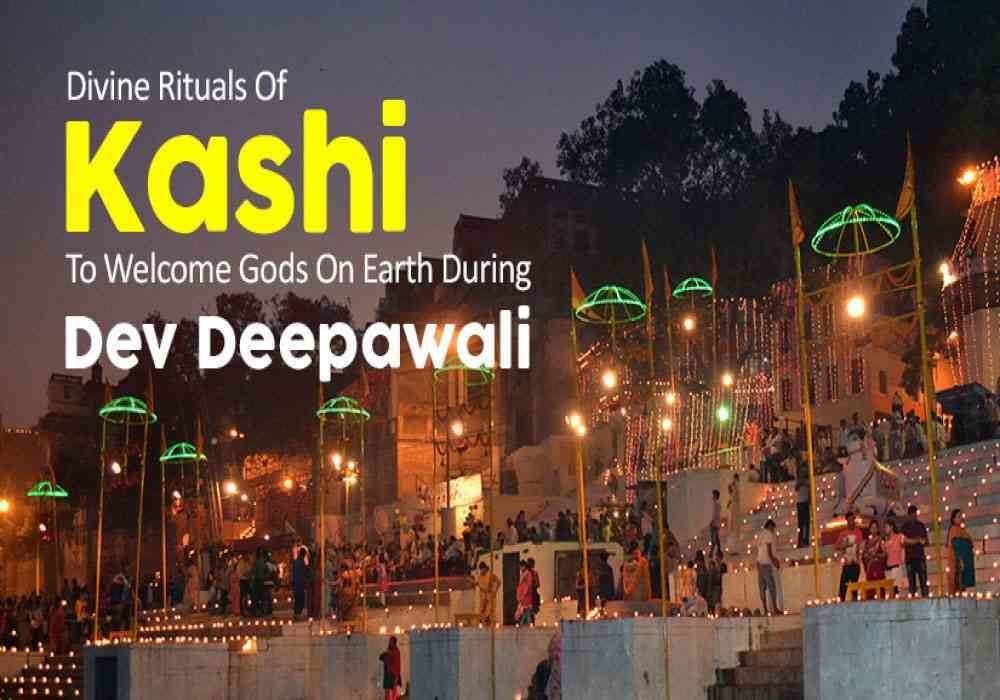
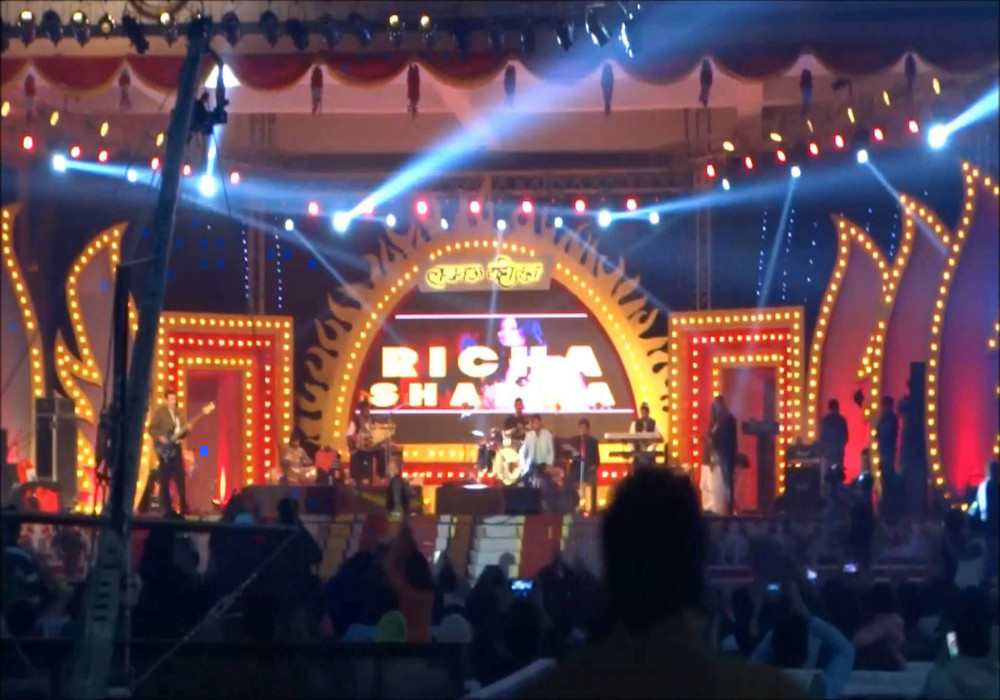
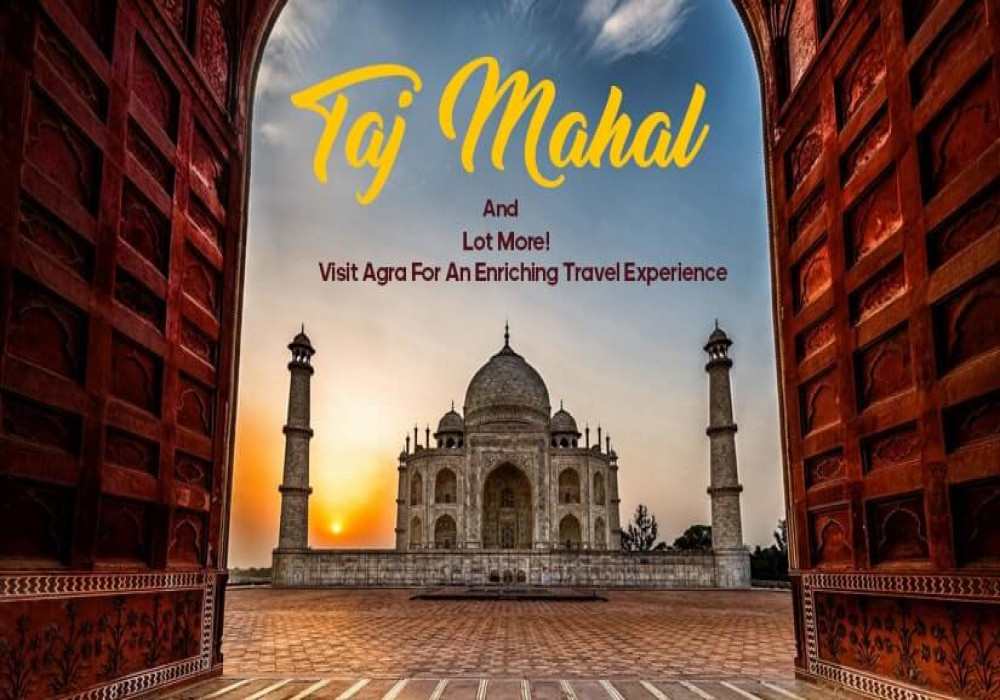
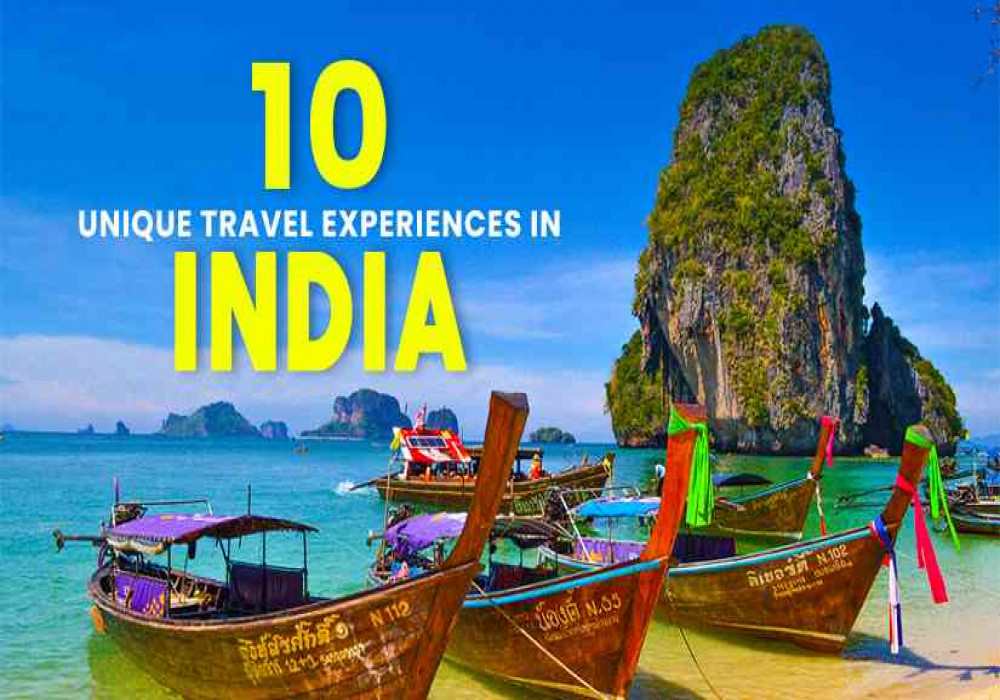
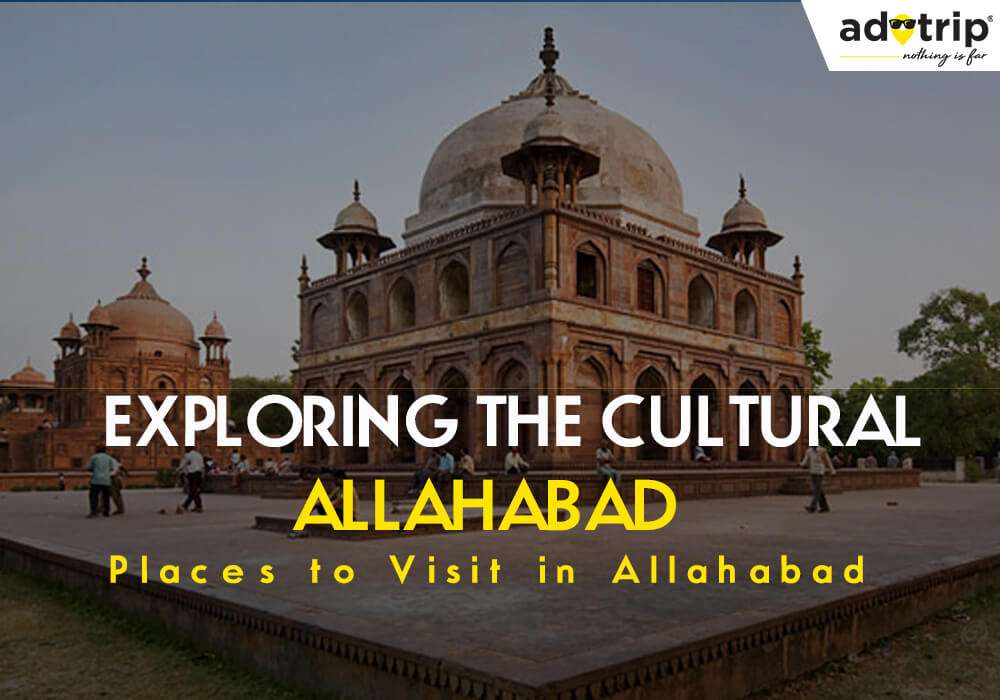
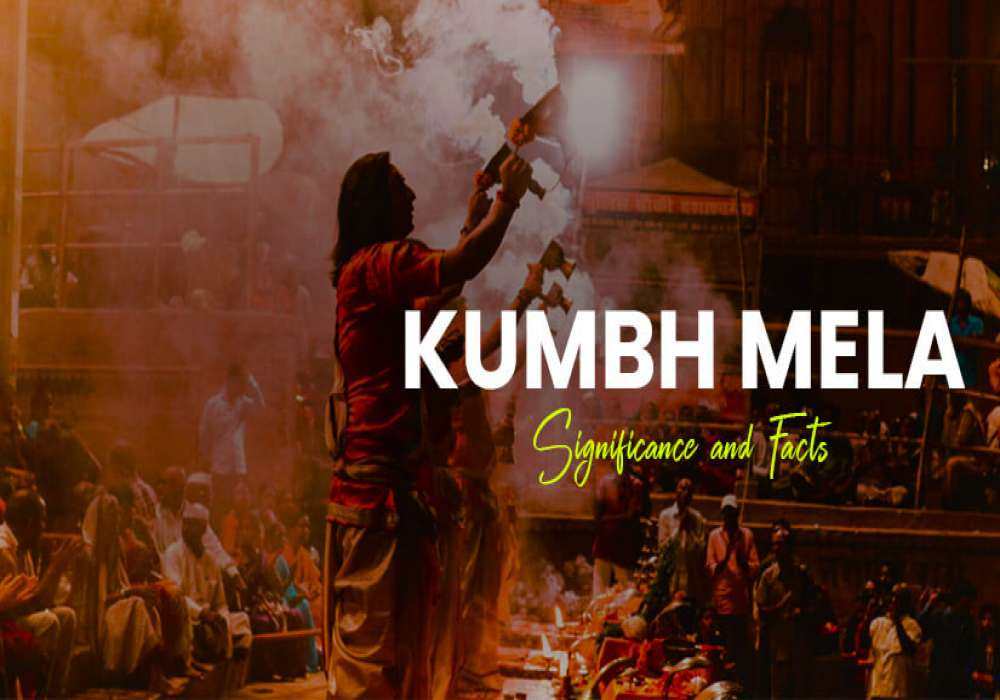

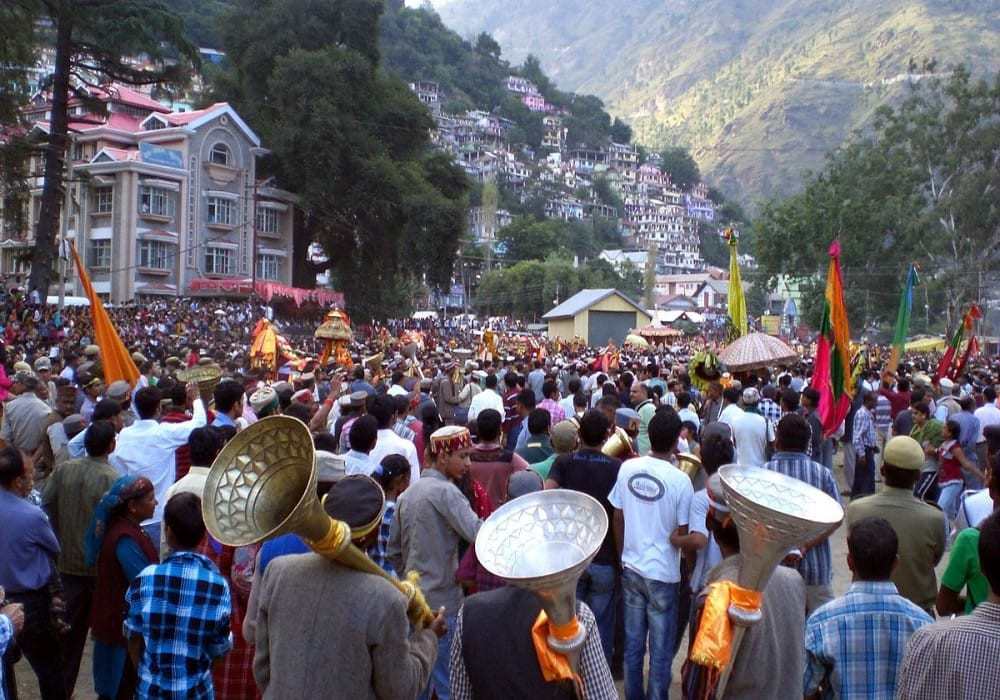



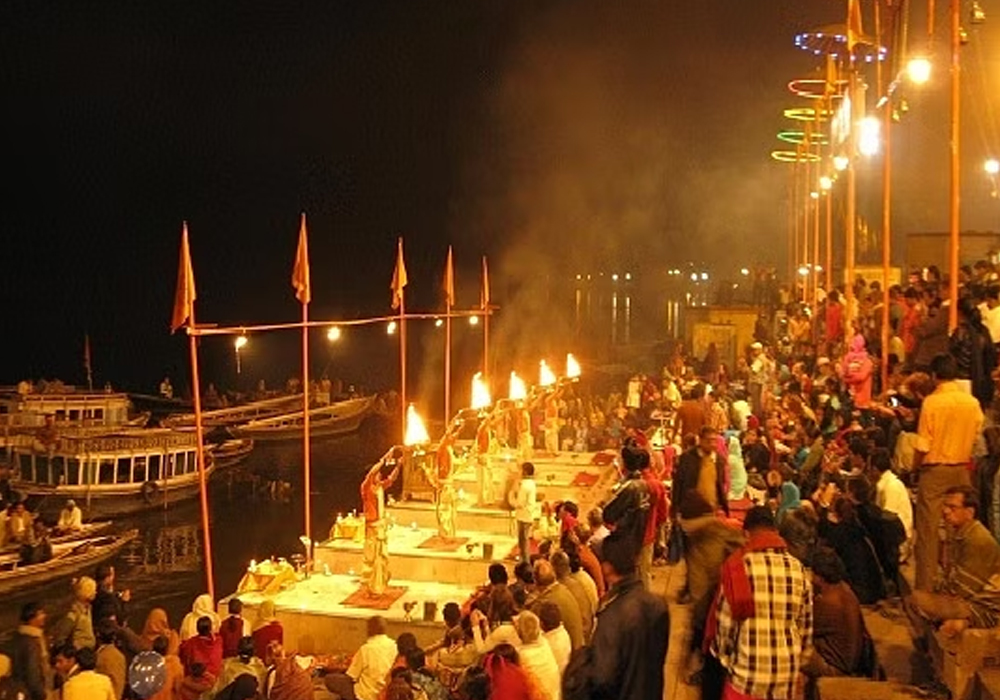
 Dubai
Dubai Malaysia
Malaysia USA
USA





